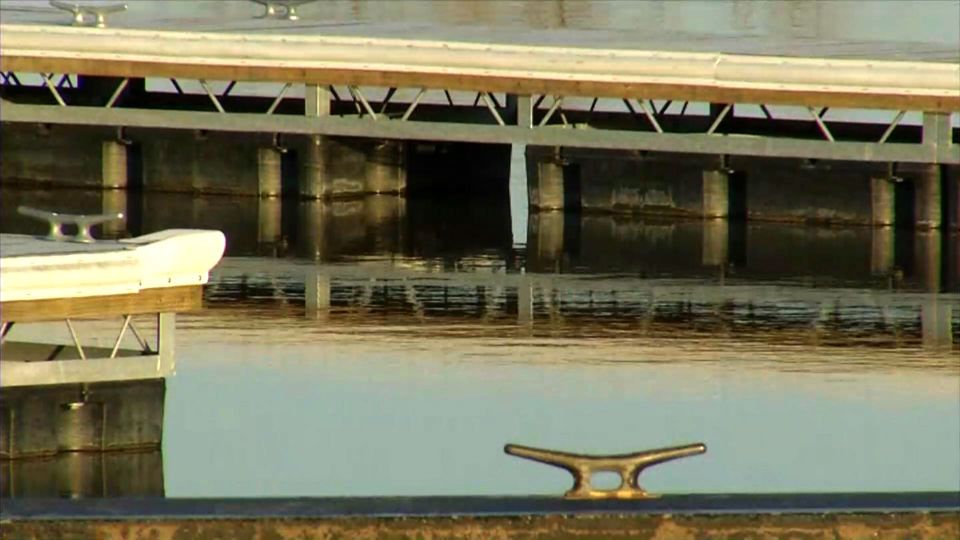One year after levels of Lake Ontario began creeping up, eventually resulting in millions of dollars worth of shoreline damage in eight New York counties, the governor wants to keep letting water out of the lake to avoid a repeat.
Some of the most waterlogged communities were Olcott in Niagara County, Greece in Monroe, to Jefferson County, where the lake connects with the St. Lawrence River.
The International Joint Commission, which regulates lake levels, had scheduled to dial back the outflow on March 29, the beginning of the Seaway navigation season.
This follows a record outflow for February. The IJC states that more water was released from the lake than any time since 1987, when levels were higher.
Gov. Andrew Cuomo however is urging the IJC to maintain or increase the current outflows to prevent possible flooding, stating that more than 250,000 sandbags were already deployed to areas along the Lake Ontario shoreline that were hit by last year's flooding, caused by significant snow melt and spring rain.
The IJC counters that the reduction in water flow is still the maximum without posting a safety risk to navigation on the St. Lawrence Seaway.
According to the IJC website, they will continue to monitor water conditions closely and if necessary, outflows will be adjusted according to conditions in the St. Lawrence River.
The Army Corps of Engineers predicted that water levels across the Great Lakes would rise for the 5th straight year, but also projected Lake Ontario's water level would return to its average.



